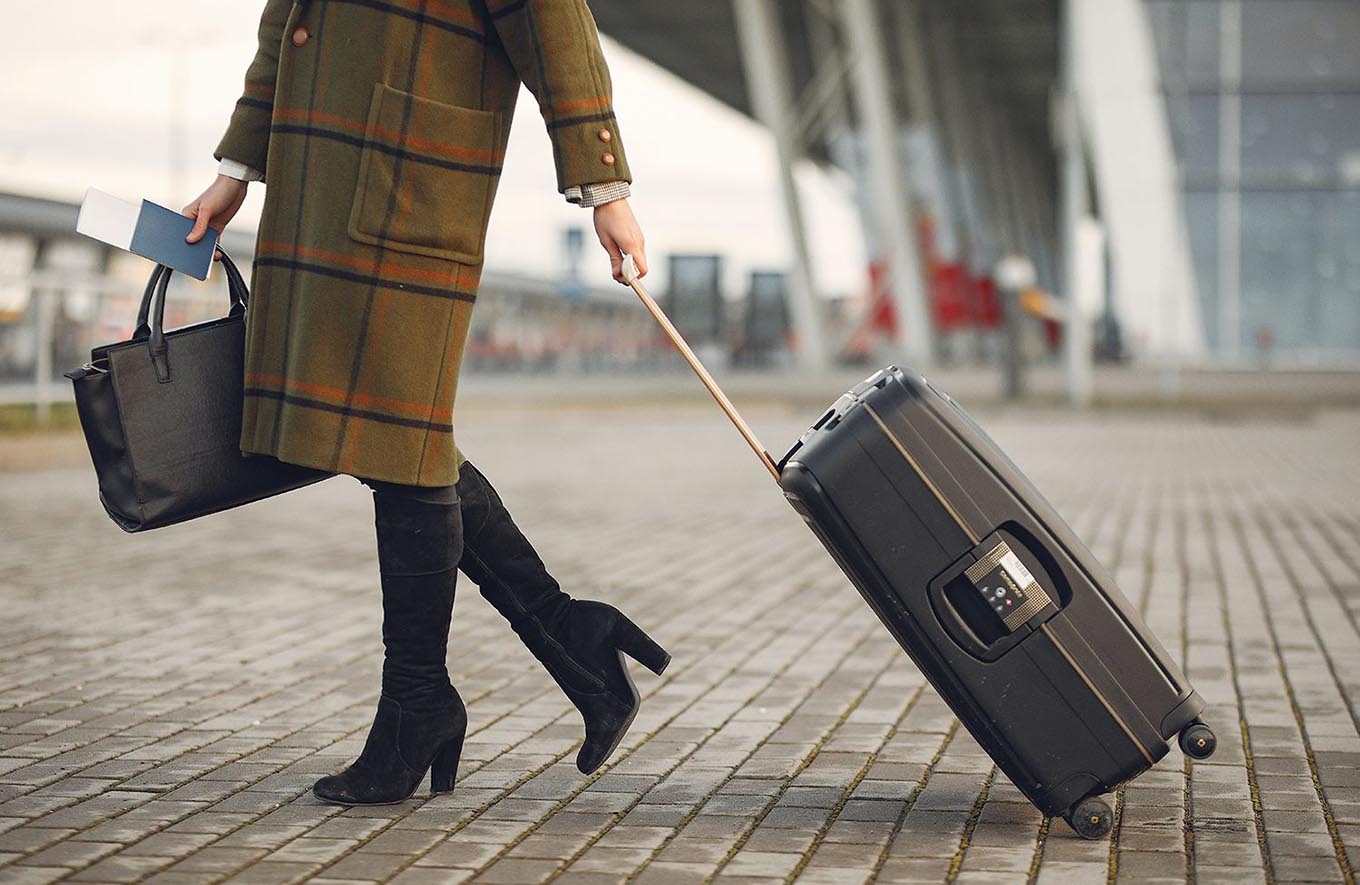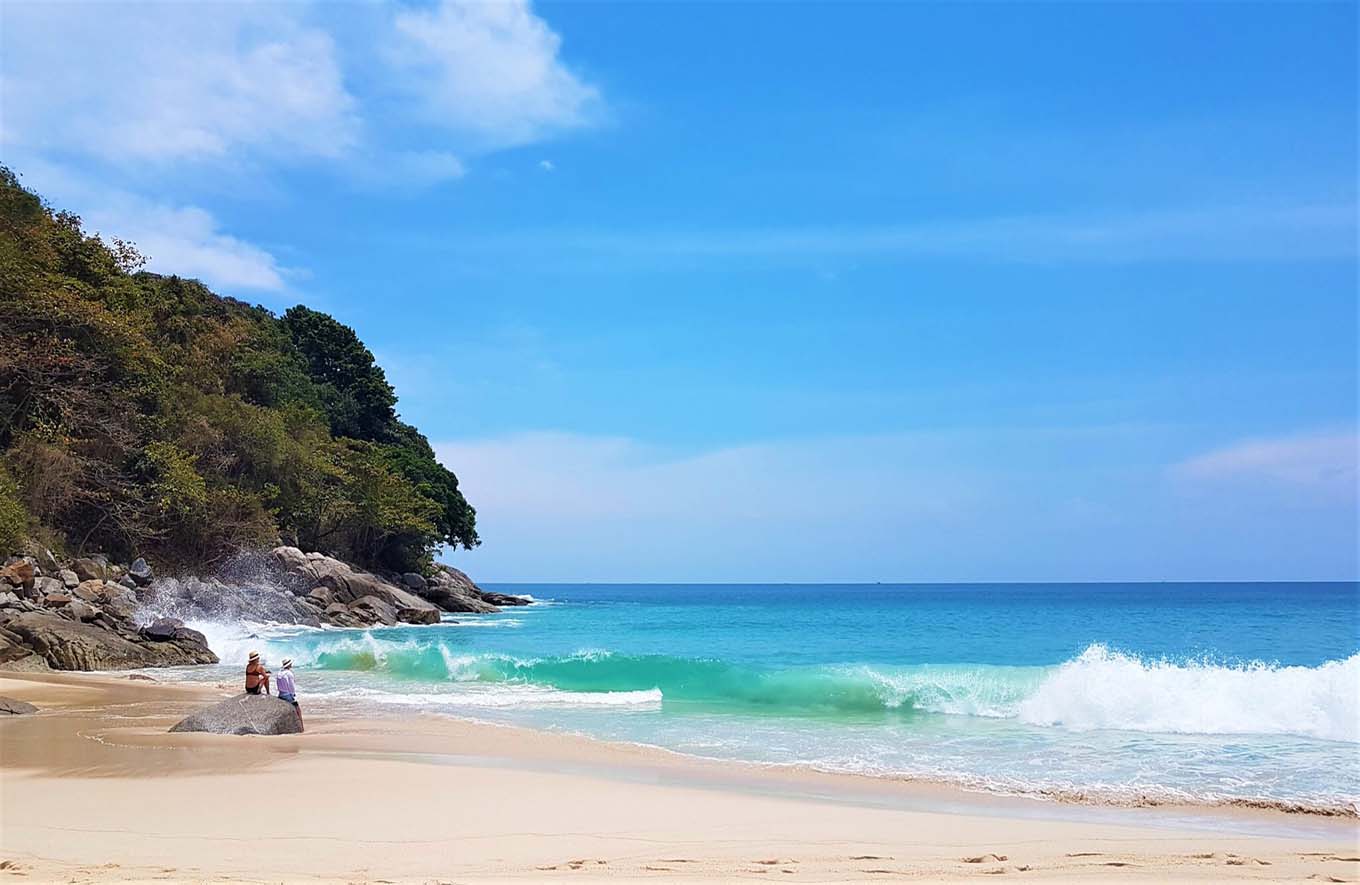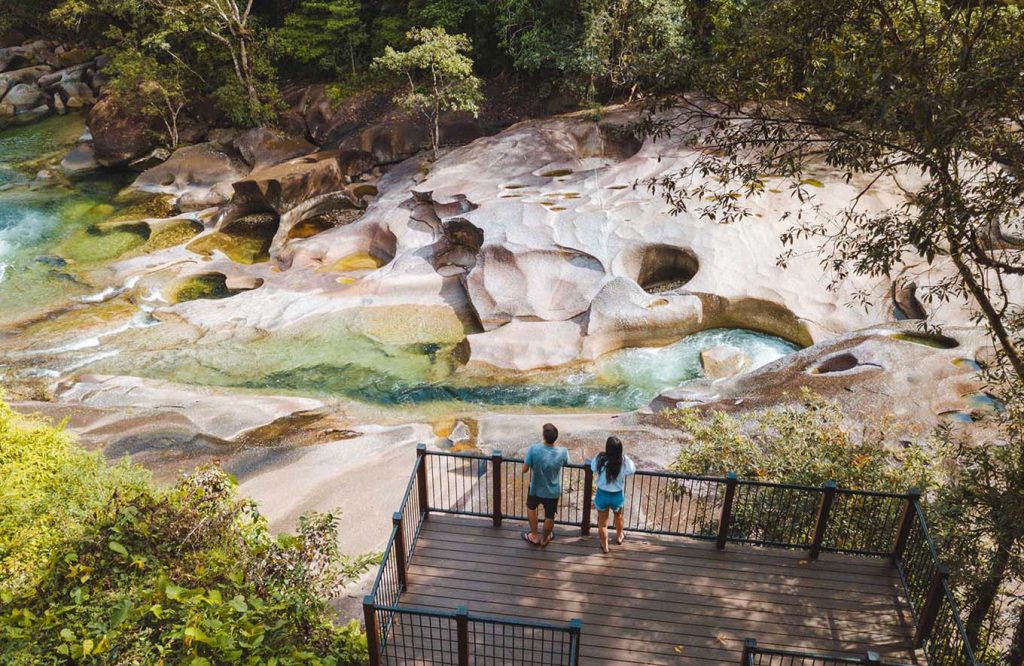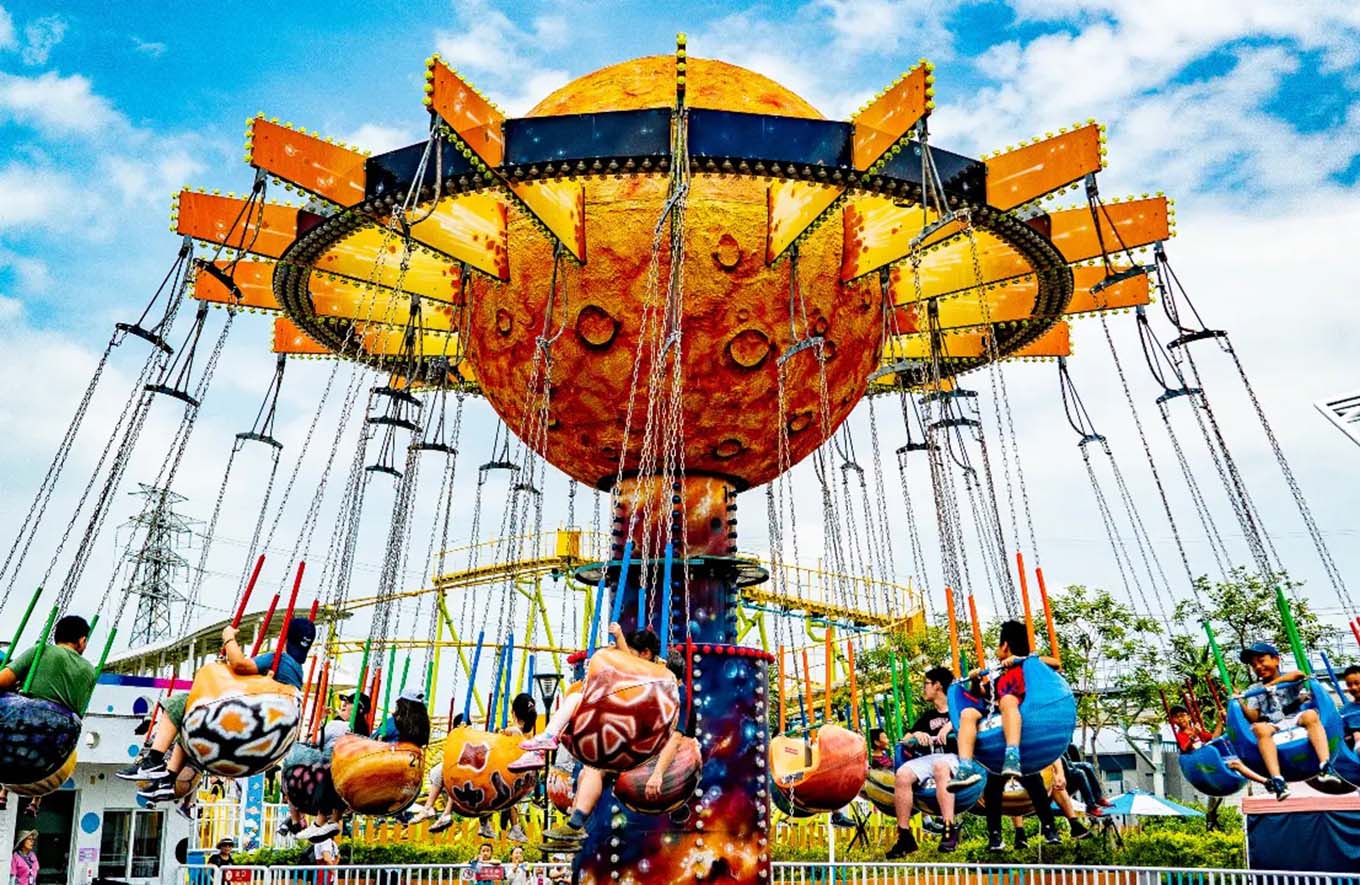I’ve been fortunate enough to explore many parts of the world, but Darwin in Australia holds a unique place in my heart. With its laid-back vibe, stunning natural beauty, and fascinating wildlife, Darwin promises a great vacation. However, like any travel destination, it’s essential to stay vigilant and be prepared. Traveling in Darwin, especially if it’s your first time, requires more than just enthusiasm and curiosity. Knowing how to keep yourself and your belongings safe can make all the difference between an unforgettable trip and an unpleasant experience.
Darwin is a vibrant, multicultural city with plenty of attractions, but there are still common safety considerations that every traveler should keep in mind. This guide aims to share the lessons I’ve learned during my trip, offering practical tips on how to stay safe while exploring Darwin’s streets, beaches, and natural reserves. So, if you’re planning a trip to this tropical paradise, read on for some advice that could save you a headache—or worse—later on.
1. Protecting Your Belongings in Public Areas
Darwin’s public spaces, from the waterfront to local markets, can be bustling, especially in the peak tourist season. It’s easy to get caught up in the excitement, but this is when you should be most mindful of your belongings.
I quickly learned that pickpocketing can be a concern, even in seemingly calm and safe areas. While it’s not rampant in Darwin, keeping your valuables close is always a good idea. Here’s what worked for me:
Keep Bags Close
While walking around Darwin’s waterfront or browsing the stalls at the Nightcliff Market, I found that a cross-body bag or backpack with secure zippers is ideal. I always made sure my bag was in front of me, especially in crowded places. You don’t want to be caught off guard when your attention is drawn to a street performance or a food stand.
Avoid Flashing Expensive Items
One thing I kept in mind was not to flash expensive electronics or jewelry in public. Darwin is safe, but like in any city, flashy items can draw unwanted attention. I kept my phone in a front pocket or a small zippered pouch and opted for a simple, comfortable outfit. I also avoided wearing too much jewelry, sticking with just a watch and a few minimal pieces.
Lock Your Car Doors
If you’re driving in Darwin, always remember to lock your car when you park, even if it’s in a well-lit or busy area. I found it tempting to leave my vehicle unlocked when I was just running into a shop for a quick errand, but a local told me it’s better to be safe than sorry. Theft from cars does happen, especially in areas with limited surveillance or parking lots that aren’t well lit at night.
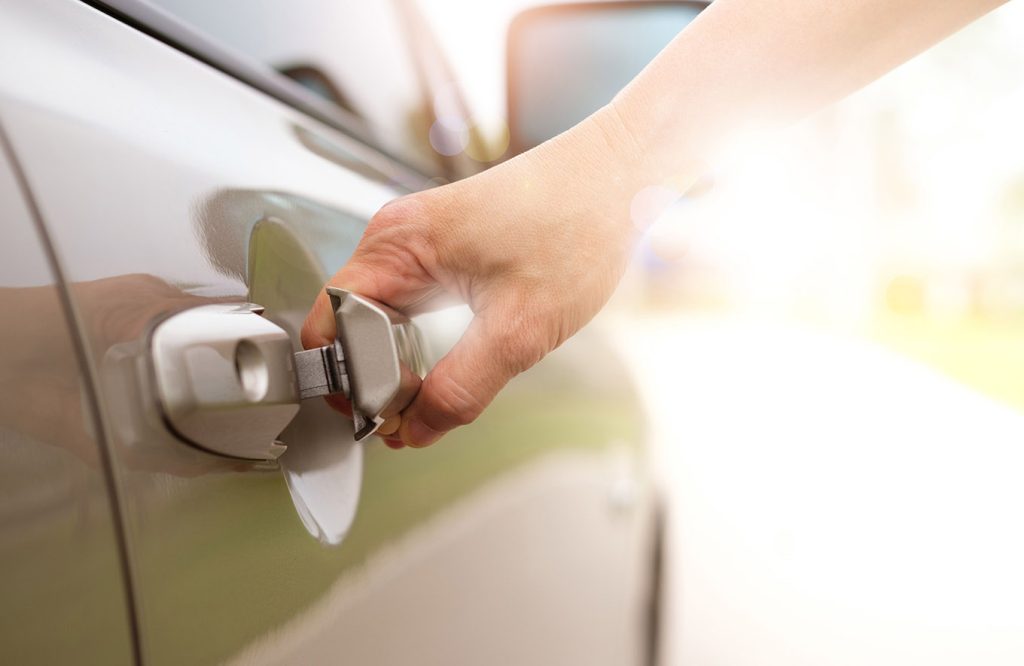
2. Understanding Local Wildlife Risks
One of the highlights of visiting Darwin is the proximity to wildlife—crocodiles, jellyfish, and a variety of snakes are all part of the natural landscape. While encountering these creatures is rare, I found that understanding the risks beforehand helped me enjoy the natural surroundings more safely.
Crocodiles
Darwin is famously home to saltwater crocodiles, which can be found in the wild in nearby rivers, estuaries, and even some beaches. While crocodile attacks on tourists are uncommon, they can happen, particularly if you venture too close to the water’s edge. I took extra care when visiting places like the Adelaide River and the Mary River Wetlands. The best piece of advice I received was never to swim in water where crocs might inhabit, especially if there are warning signs in place.
Jellyfish
During the wet season, the northern waters are often filled with box jellyfish, a highly venomous species. I made sure to swim only in designated safe zones where jellyfish nets were set up. In areas where swimming might be riskier, I wore a full-body wetsuit, something the locals do to protect themselves from stings. Darwin’s beaches, like those around the Mindil Beach Sunset Market, are beautiful, but I didn’t take any chances with my safety when it came to the ocean.
Snakes
While not the most common sight, there are a variety of snakes in the Darwin region. I was cautious during bush walks, making sure to stay on marked paths and avoid tall grass or areas where snakes might be hiding. Locals often advised me to stay calm and keep a safe distance if I ever encountered one, which is excellent advice.
3. Staying Safe on the Roads
Driving in Darwin can be an adventure, especially if you’re not used to Australian road rules or the sometimes unpredictable weather conditions. The roads are generally in good condition, but there are a few things I found particularly helpful to ensure safe travel.
Watch Out for Wildlife
Kangaroos, wallabies, and other wildlife can be a hazard on the road, especially at dawn and dusk. I was warned that kangaroos tend to be more active during these hours, and hitting one while driving could cause severe damage to your car and injury. It’s not unusual to see “wildlife crossing” signs, and I always reduced my speed when passing through areas where animals might appear unexpectedly.
Keep Your Fuel Tank Full
In the more remote areas around Darwin, especially when traveling to places like Litchfield National Park or Kakadu, gas stations can be few and far between. I made it a point to top off my tank whenever I had the chance, just in case I found myself in a situation where I couldn’t find a station for miles. Being stranded in a remote part of the territory isn’t something you want to risk.
Be Mindful of Weather Conditions
Darwin’s weather can change unexpectedly. During the wet season, roads can flood quickly, and driving becomes hazardous. I always checked the forecast before setting out for longer trips, particularly when visiting places off the beaten path. I also kept an emergency kit in the car, complete with water, a first-aid kit, and extra snacks, just in case.
4. Staying Healthy While Traveling
The tropical climate in Darwin can be both a blessing and a challenge. The heat and humidity are intense, and I quickly realized that staying hydrated and protected from the sun was crucial.
Hydration Is Key
It’s easy to get dehydrated in the heat, especially if you’re out on excursions or hikes. I always carried a reusable water bottle and made sure to drink plenty of fluids throughout the day. I also made sure to drink electrolytes, as the combination of salt and sugar helps with fluid retention and prevents cramping.
Sun Protection
I learned the hard way that the Australian sun is brutal. Even though I had sunscreen with me, I didn’t always apply it as frequently as I should have. After a long day at the Darwin Waterfront, I felt a bit of a sunburn creeping in. From that point on, I made a habit of reapplying sunscreen every couple of hours, especially when out in direct sunlight. A wide-brimmed hat and sunglasses became my essential accessories. Also, wearing lightweight, long-sleeved clothing helped keep my skin from getting too much exposure.
Insect Repellent
Mosquitoes are another factor to consider, especially if you plan on visiting any natural reserves or beaches. I carried insect repellent with DEET, and I made sure to apply it before any outdoor activity. I also found that wearing long pants and socks at night helped prevent any bites. While Darwin’s tropical weather is beautiful, it also comes with the added bonus of some persistent bugs.
5. Local Customs and Etiquette: Respecting Darwin’s Culture
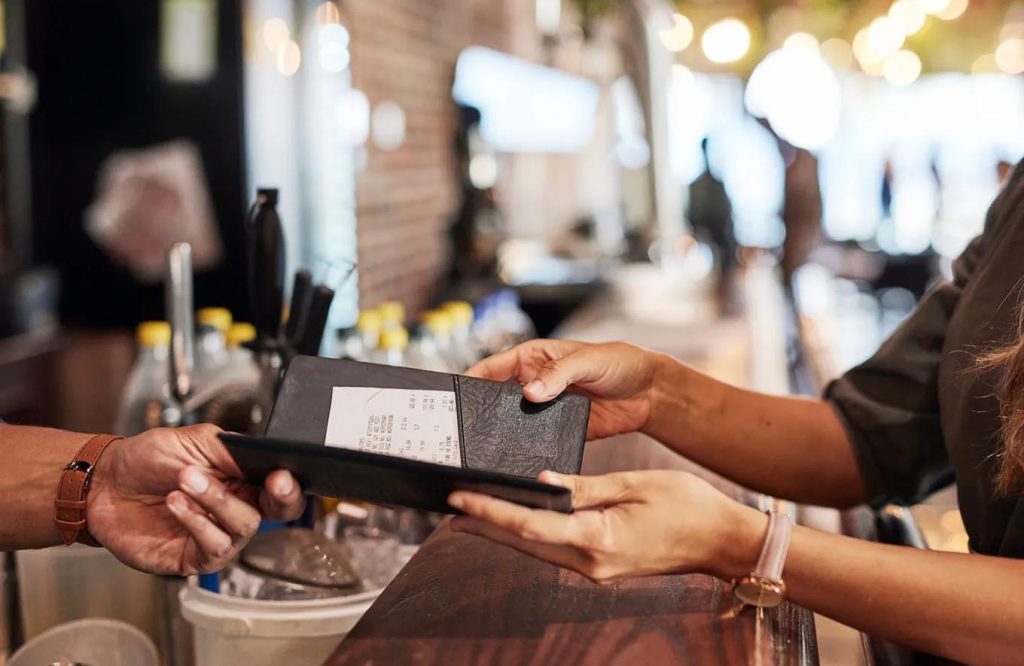
One of the things I appreciated most about Darwin was its diverse cultural makeup. The city has a rich Indigenous history, and it’s important to respect local customs and traditions. Before my trip, I made an effort to learn about the Larrakia people, the traditional owners of the land, and their cultural practices.
Respect Local Aboriginal Land
During my visits to places like Kakadu and Litchfield National Park, I was mindful of respecting sacred sites. I always made sure to follow local guides’ advice about where it was appropriate to walk, where not to photograph, and which areas held spiritual significance.
Tipping Etiquette
In Darwin, tipping isn’t mandatory, but it’s always appreciated. I noticed that in restaurants and cafes, rounding up the bill or leaving a small tip was a nice way to show gratitude for good service.
Indigenous Art
Darwin is home to several galleries showcasing Indigenous art, and I took the opportunity to visit some of them. I learned that purchasing art from certified sources helps support local artists and communities, so I bought a couple of pieces from a respected gallery to take home.
6. Emergency Situations: What to Do
It’s impossible to predict every situation, but knowing what to do in case of an emergency can make a big difference. Darwin, like many other tourist destinations, has emergency services readily available, but being prepared can give you peace of mind.
Emergency Numbers
In case of any emergency, I kept the local emergency numbers handy. The general number for police, fire, or ambulance services in Australia is 000. It’s always good to have this saved in your phone or written down in case of a problem.
Health and First Aid
I made sure to carry a basic first-aid kit for minor cuts, blisters, or insect bites. If I had a more significant injury or illness, I knew where the nearest medical facilities were. Darwin has several hospitals, and most of them cater to tourists as well as locals.
Lost Belongings
Losing something while traveling is always stressful, but I found that Darwin’s local police station is helpful when dealing with lost property.
Traveling through Darwin has been an incredible experience. From the bustling waterfront to the breathtaking national parks, the city has so much to offer. By staying aware of my surroundings, respecting local customs, and taking safety precautions, I was able to enjoy my trip without any major issues. Whether it’s securing valuables, being mindful of wildlife, or preparing for unexpected weather changes, a little planning goes a long way.
